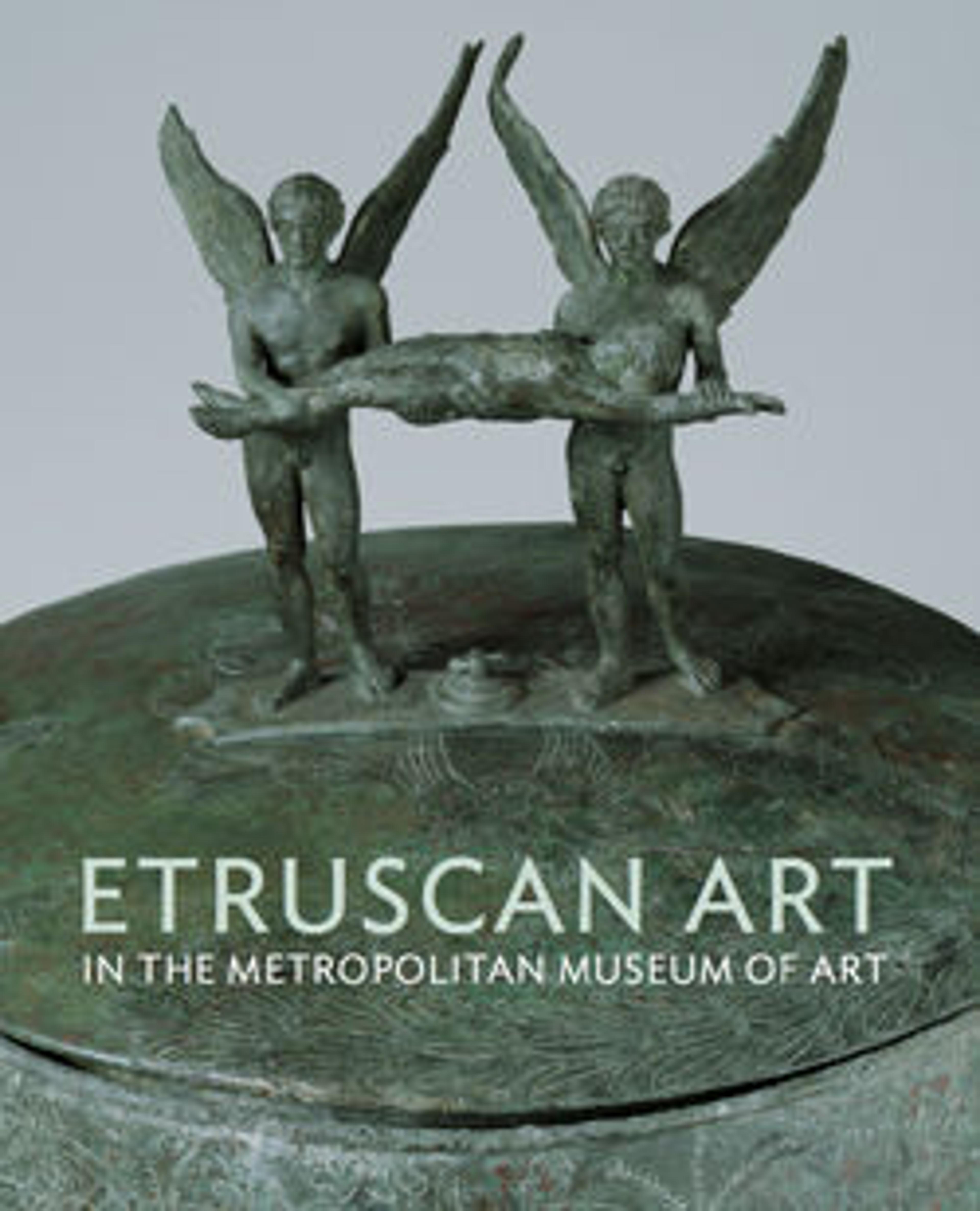Terracotta stemmed plate
These two plates (grouped with separable object, 23.130.11), elegantly incised with variations of a lotus and palmette frieze, are the only certain examples in the Museum's collection made by an Italic people called the Capenates. This small ethnic group, speaking a dialect related to Sabine, lived in a region of Central Italy between the Etruscans and the Faliscans. Their major city, Capena, was conquered by the Romans in 395 B.C.
Artwork Details
- Title: Terracotta stemmed plate
- Period: Archaic
- Date: ca. 625–600 BCE
- Culture: Capenate
- Medium: Terracotta; buccheroid impasto
- Dimensions: H. 3 5/8 in. (9.2 cm)
diameter 7 3/8 in. (18.7 cm) - Classification: Vases
- Credit Line: Rogers Fund, 1923
- Object Number: 23.160.10
- Curatorial Department: Greek and Roman Art
More Artwork
Research Resources
The Met provides unparalleled resources for research and welcomes an international community of students and scholars. The Met's Open Access API is where creators and researchers can connect to the The Met collection. Open Access data and public domain images are available for unrestricted commercial and noncommercial use without permission or fee.
To request images under copyright and other restrictions, please use this Image Request form.
Feedback
We continue to research and examine historical and cultural context for objects in The Met collection. If you have comments or questions about this object record, please contact us using the form below. The Museum looks forward to receiving your comments.
